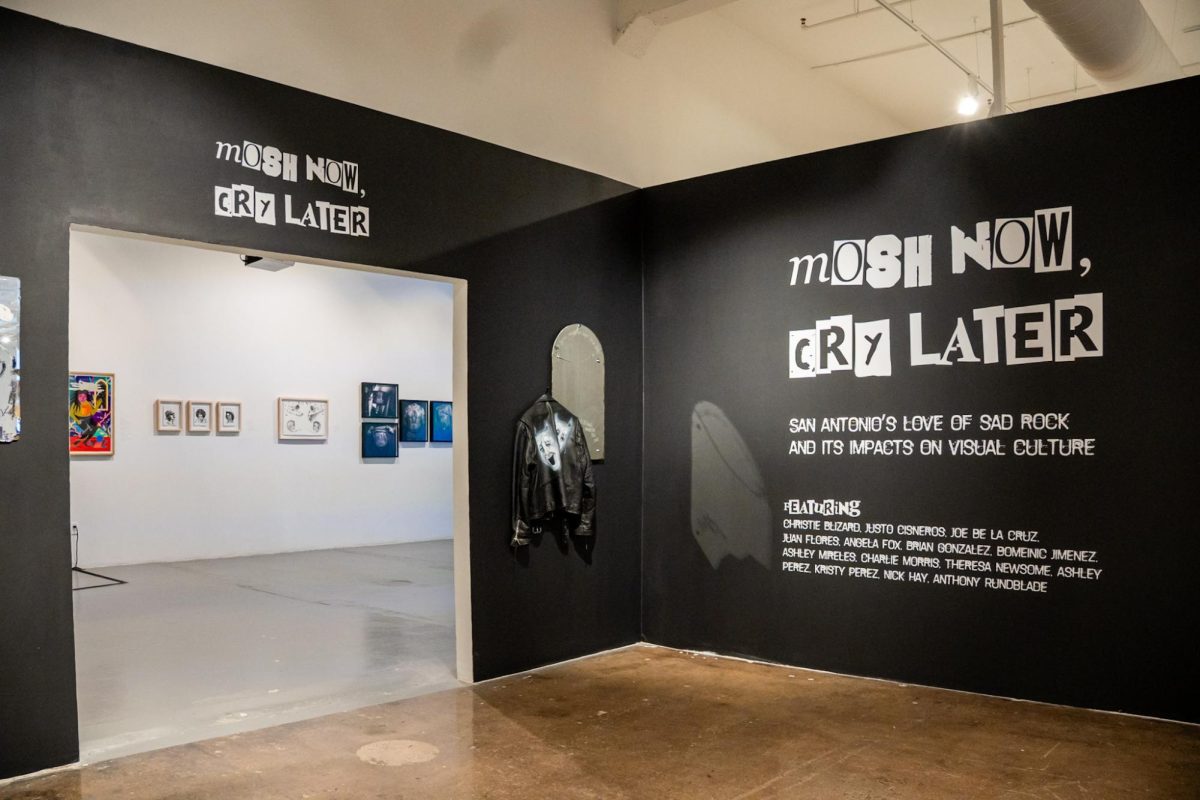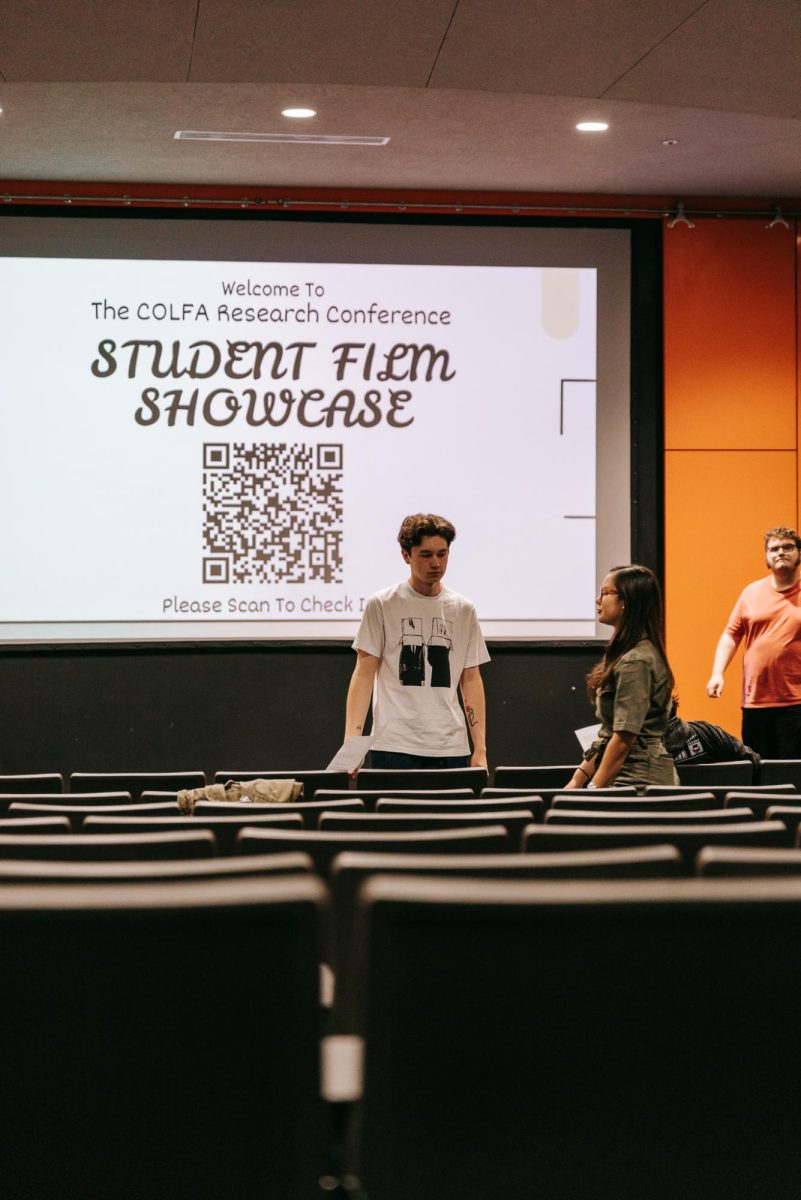Alamo City Bhangra (ACB), UTSA’s most competitive dance organization, will perform at the Diwali San Antonio Festival of Lights’ (Diwali SA) eighth annual city-wide celebration.
Diwali is a Hindu festival of lights showcasing Indian culture and tradition. It will be celebrated in San Antonio on Saturday, Nov. 5 at the La Villita from 5 p.m. to 11 p.m.
“Diwali festival is a wonderful event that showcases all of the various states of India and their cultures,” said Ampal Kaur, president of ACB and senior biology major. “We love how each state has their own style of dance and how the festival shows their individuality.”
“It’s actually very difficult to explain what Diwali is because it means so many different things to different people,” said Kausi Subramaniam, president of Anuja San Antonio and alumnus of UTSA Engineering. “Although the holiday originated from a religious or mythological background, many people of all religious backgrounds celebrate the holiday in a more secular manner. In general, Diwali signifies the victory of good over evil.”
Diwali SA is organized by the non-profit Anuja San Antonio and is presented by the Indian Association of San Antonio (IASA) as well as the City of San Antonio Department of Art and Culture.
San Antonio is an ideal location for the organization to host a Diwali celebration because it has been the sister city of Chennai, Tamil Nadu, India since 2008.
“One of our most well known sister city programs related to Chennai is the annual Diwali ‘Festival of Lights’ in San Antonio,” The City of San Antonio International Relations office stated.
The sister city initiative was attributed to Dwight D. Eisenhower shortly after World War II, and its goal is to foster community relationships through global partnerships.
Chennai is the capital of the Indian state Tamil Nadu and is the largest cultural, economic and educational center in South India. Chennai’s efforts to restore their Cooum River brought the two cities together. Restorative ecosystem measures applied by San Antonio were used as a model to aid Chennai’s mission.
“(We) wanted to host a celebration that will keep that relationship in the public eye,” said Subramaniam. Diwali SA is free and open to the public; about 15,000-20,000 people attend every year.
“The event uplifts the San Antonio community,” Subramaniam said. “It exposes the community at large to a different culture and traditions. The event helps put San Antonio on the map as an emerging multi-cultural metropolis.”
Vendors throughout La Villita will be selling Indian food, clothing, handicrafts, jewelry and henna in addition to the ongoing performances occurring at the event.
Established in 2010 and registered as a UTSA student organization in 2015, ACB is a recognized dance team that competes and books performances for events.
A first-time viewer can expect an eye-opening performance. The style of dance is very energetic with jumps, squats and various props.
ACB performs traditional and modern Bhangra. Traditionally, Bhangra is a folk dance originating from India’s Punjab region, but, since the 1990s, modern Bhangra has become popular. It is characterized by a fusion of western dance and the use of prerecorded audio mixes that sometimes feature modern pop artists.
The dance organization competes nationally and has achieved recognition in a number of competitions. The team earned first place at the Raas Rave & Bhangra Blitz and placed second at the Motor City Bhangra and Clutch City Bhangra competition.
“We usually get booked by wedding planners for wedding receptions, charity events, school events and other festivities,” said Kaur. “The most exciting booking we ever received was the San Antonio Spurs halftime show last December. We compete in various competitions throughout the school year, but performing in front of our city, on that stage, was an unforgettable experience.”
“No experience is necessary to join ACB, but dedication is critical if a member wants the opportunity to compete and perform at events,” said Ashley Espinoza, senior psychology major and ACB member.
“Everything else will come in time,” Espinoza continued. “By nature, I’ve been a more quiet and reserved individual, and I definitely didn’t have dance experience, but you learn a lot being around others who are very familiar with the dance.”
For Espinoza, her Bhangra experience began with curiosity: “Starting college, I wanted to get out there a little more, so I came to watch a practice.” The experience impressed her. “While there, I noticed how jovial the team was and how they danced with such grace, power and confidence. I remember wanting to feel that.”
Espinoza explained that a typical practice begins with a sequence of warm-ups led by a team member. Following the warm-up, the team moves on to their current agenda. The agenda may be to learn new choreography for an upcoming event or to focus on dancing fundamentals, like form.
“There is always something to learn and improve on,” Espinoza concluded.
The Diwali SA 2016 Festival of Lights is a great opportunity for ACB to demonstrate their improvement.
The event will showcase them as well as other dancing acts at the La Villita. Dancing performances commence at 5 p.m. and continue until the festival’s conclusion. Additionally, a river parade will begin at 6 p.m., a welcome by elected officials at 6:45 p.m., the Diya Ceremony (the lighting of lamps) at 7 p.m. and a finale stage show featuring dances from 13 Indian states. ACB will close the event with their Bhangra performance representing the state of Punjab.
For more information about the Diwali SA 2016 Festival of Lights go to www.diwalisa.com.










